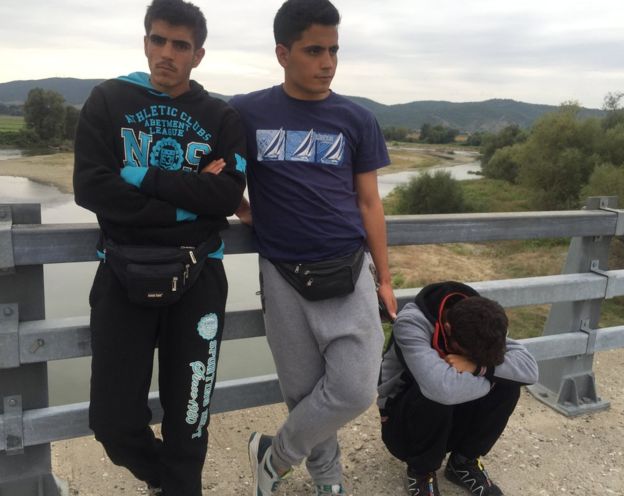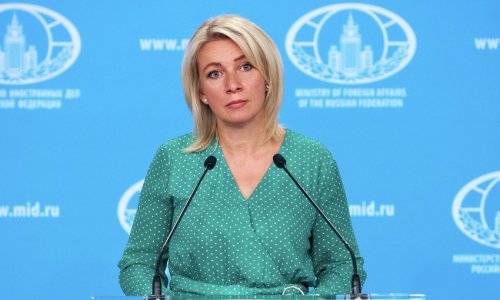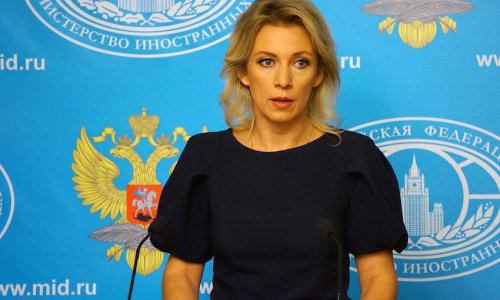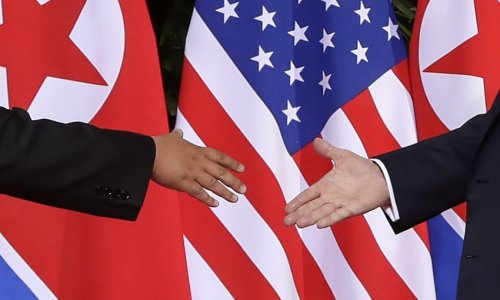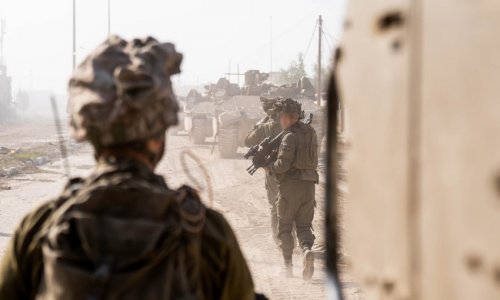BBC correspondents and film crews are out covering the huge movement of migrants across Europe and some are shooting still pictures as they go. We asked them to send in a memorable picture they had taken, along with a brief back story.
We came across three young men from Aleppo, Syria, waiting on this bridge in northern Greece. They were hoping against hope their fourth family member, 23-year-old Walid was still alive.
His brother Ahmed, head in hands, later asked me to take his picture just in case Walid would see it.
Five days later, Walid's body was found sheltered by a tree at the river's edge. He had tried to swim across the river ahead of the others, not knowing there was a bridge to cross. They paid a terrible price in their journey to Europe, but said it was part of their God-given destiny.
I saw this artificial leg, lying at the side of an Austrian lorry park at Nickelsdorf, right on the Hungarian border. It's the first place that migrants reach once they enter Austria.
Most of those who cross the border here do so on foot and are met by the Austrian authorities and the Red Cross, who provide food, medicine and clean clothes.
Many exchange their old, worn-out shoes for fresh ones, donated by Austrian charities. After a big influx of people, discarded shoes and clothes litter the tarmac. But a prosthetic leg is another matter.
Who did it belong to? Why was it needed? Was its owner given a new one by the authorities?
And where is he or she now?
Exhausted and heavily pregnant, she had just reached the border between Croatia and Hungary at Beremend. She could walk no further. They brought a stretcher for her and wheeled her across no-man's-land.
I couldn't help wondering whether her baby would be born in Hungary, a new child of Europe. What would be his or her future? Would he or she one day listen to tales of the epic journey the migrants of 2015 had made, to build a new life for themselves and their children?
These people are walking across the fields close to the border crossing at Sid, leading from Serbia to Croatia. They were among the first refugees to cross using this route, following Hungary's closure of its border with Serbia the previous day.
Taxi drivers had simply dropped them off at the corner of a field and pointed them in the right direction, even though the official border was only a few hundred yards away. The mood among this small group was very upbeat - many of them were shouting "thank you, Serbia!" as they went.
You can see the young man shooting a selfie. Other people were making videos as they walked, short reports to update their families at home. I can't speak Arabic, but it was clear that they were saying: "Here we are in Serbia, about to cross into Croatia..." The relief was palpable.
Since then tens of thousands more have followed this route.
I took this photo just after sunrise at the Nickelsdorf border crossing in Austria. We'd been up all night speaking to people who had just arrived.
Mohammed broke down when recounting how their boat started sinking and he saw his children floating on the water. His kids were sitting on a blanket, tucking into bread and steaming bowls of soup, seemingly unaware that just a few days ago they'd come close to death.
A doctor from Aleppo told me the reason he left Syria was because he couldn't see any light at the end of the tunnel.
"After almost five years of civil war, the reason so many are leaving now is because they ran out of hope."
We were all shivering and tired, and then, as the sun rose over the transit camp, hundreds of people emerged from inside tents and under blankets and started a determined march towards the buses. For me this photo represents how so many of the refugees and migrants feel about Europe - this is a place that offers them hope for a brighter future.
(BBC)
www.ann.az
Follow us !

